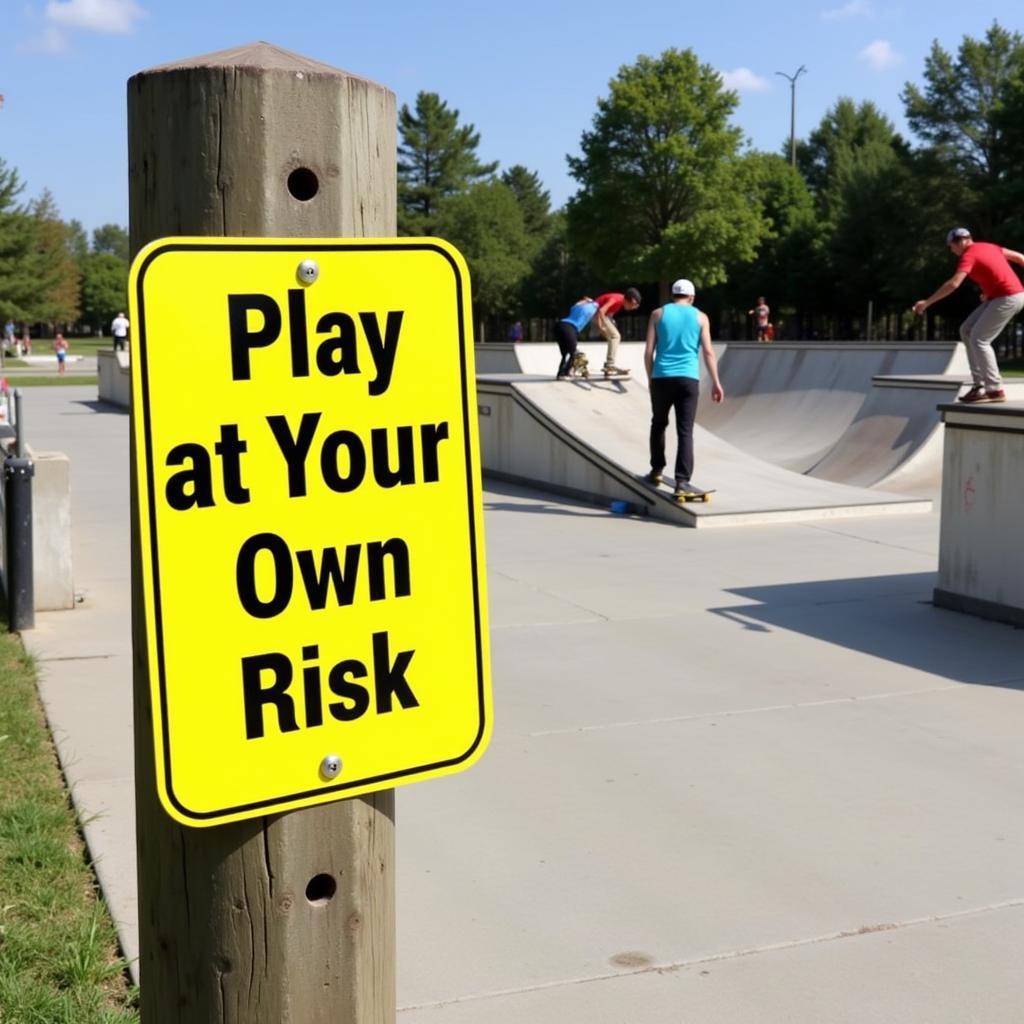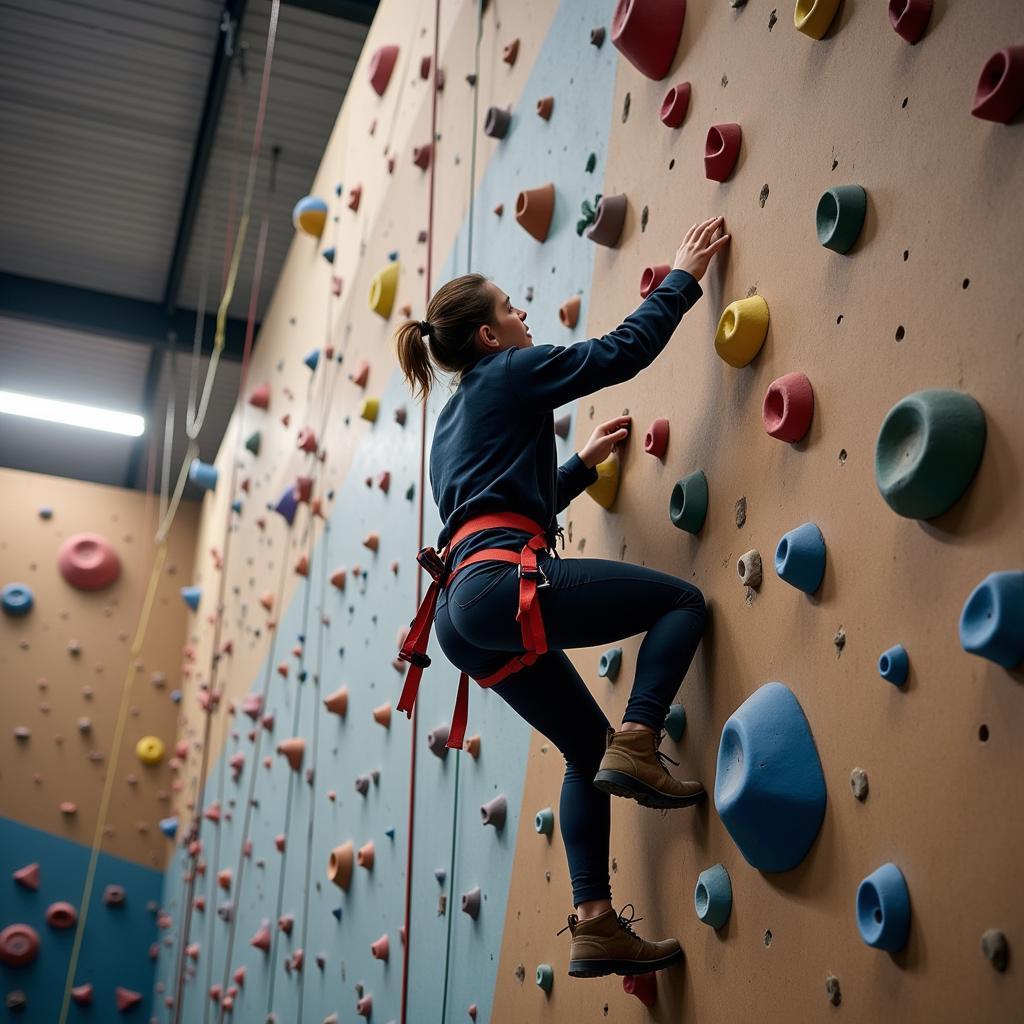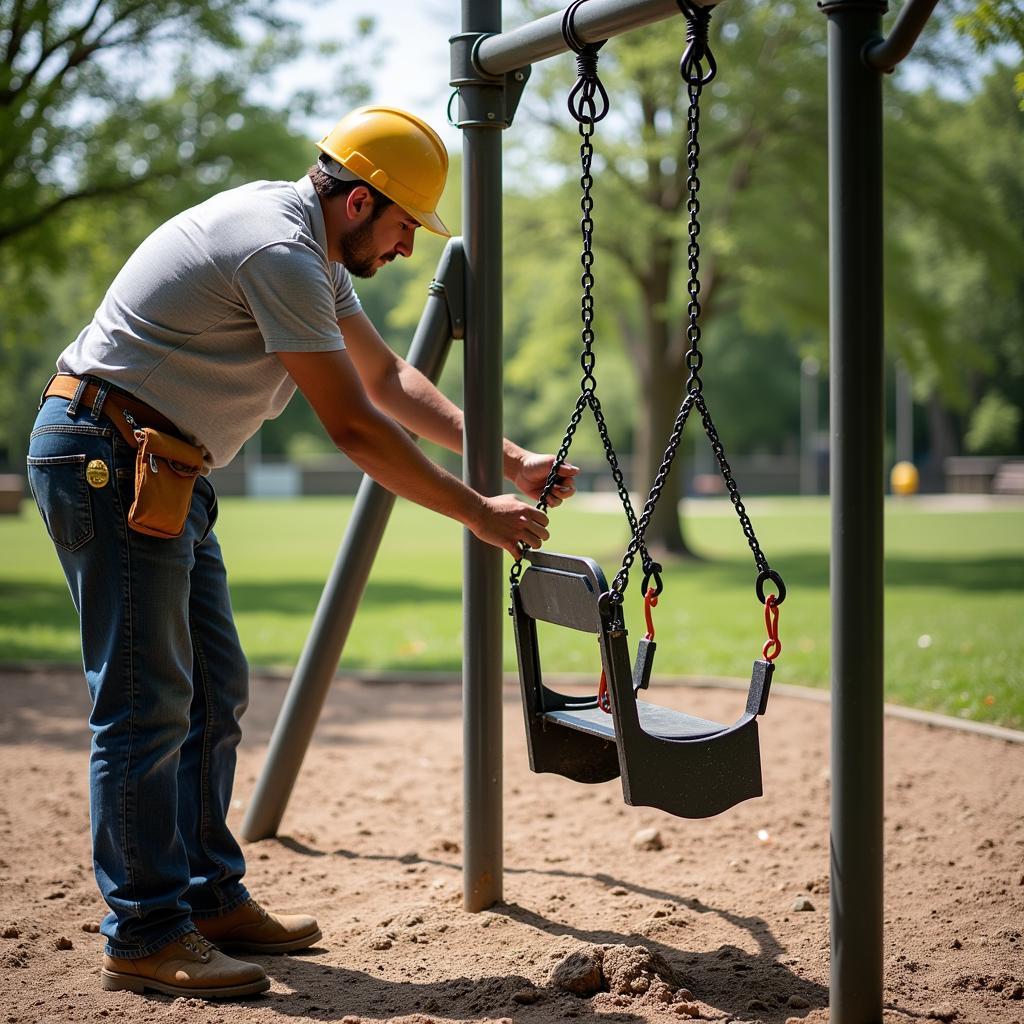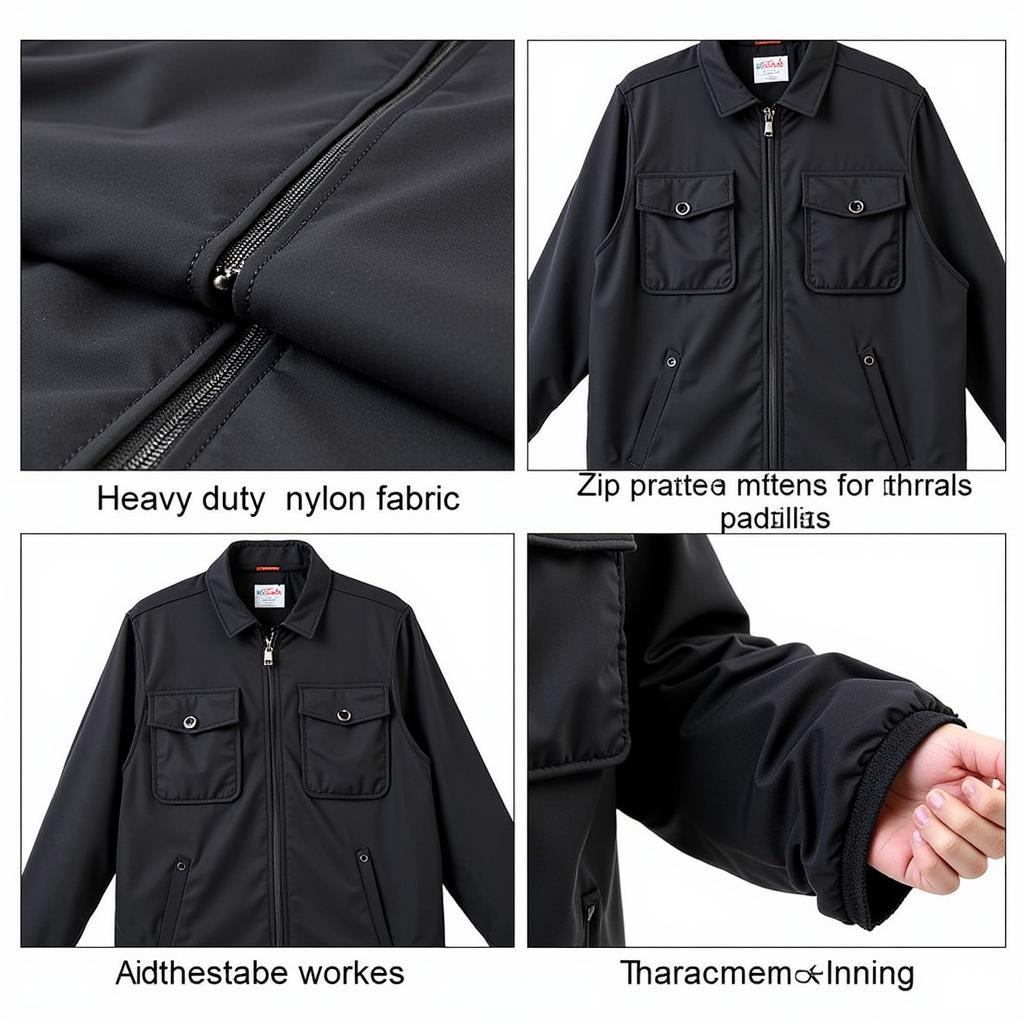Play at Your Own Risk Sign: Understanding the Implications
Play At Your Own Risk Signs are a common sight in various settings, from playgrounds and parks to gyms and even certain businesses. These signs serve as a warning to individuals that they are participating in activities with inherent risks and that they assume responsibility for their safety. But what exactly do these signs mean, and what are the legal implications? Let’s delve deeper.
What are the different types of “Play at Your Own Risk” signs and where are they typically used? These signs can be general, simply stating “Play at Your Own Risk,” or more specific, outlining the potential hazards present. They are frequently seen in areas like public parks with playground equipment, [30′] sports fields, and swimming pools. Understanding the context of the sign is crucial for interpreting its meaning.
Decoding the “Play at Your Own Risk” Sign
These signs communicate that the property owner or manager acknowledges the existence of potential dangers within the premises. By displaying the sign, they are shifting the responsibility for safety from themselves to the individual using the facilities. This doesn’t mean they are absolved of all responsibility, but it does limit their liability. For example, a “Play at Your Own Risk” sign at a skate park warns users about the inherent risks of skateboarding, such as falls.
 Play at Your Own Risk Sign at Skatepark
Play at Your Own Risk Sign at Skatepark
Legal Implications of “Play at Your Own Risk” Signs
The legal weight of a “Play at Your Own Risk” sign varies depending on jurisdiction and specific circumstances. Generally, these signs serve to establish the assumption of risk defense. This defense argues that the individual knowingly and voluntarily accepted the risks associated with the activity. However, the presence of a sign does not automatically shield the property owner from all liability. If negligence on their part contributed to the injury, such as failing to maintain equipment in safe working order, they could still be held accountable.
What does “inherent risk” mean in the context of a “Play at Your Own Risk” sign? Inherent risks are those risks that are an integral part of the activity and cannot be eliminated without fundamentally altering the nature of the activity itself. For example, the risk of falling is inherent to climbing. Understanding this concept is key to interpreting the message of the sign.
 Inherent Risk in Climbing Gym
Inherent Risk in Climbing Gym
“Play at Your Own Risk” and Negligence
While these signs offer some protection to property owners, they do not offer complete immunity. The owner still has a duty of care to maintain a reasonably safe environment. This includes regular inspections, repairs, and addressing any known hazards. For example, if a playground has broken equipment and a child is injured, the property owner could still be held liable despite the presence of a “Play at Your Own Risk” sign. Check out our article on [baserunner gloves] for safety in another sporting context.
What precautions can individuals take to minimize risks in areas with “Play at Your Own Risk” signs? Individuals can take several steps to mitigate risks, including inspecting the area for hazards, using appropriate safety gear, and supervising children closely. Additionally, understanding your own limitations and avoiding activities beyond your skill level is crucial. A pitching mound, even a [portable pitching mound specs], requires careful use.
 Playground Safety Inspection
Playground Safety Inspection
Conclusion
“Play at Your Own Risk” signs are important indicators of potential hazards. Understanding their implications is vital for both property owners and individuals. While the sign signifies an assumption of risk, it doesn’t eliminate the need for responsible behavior and proper safety measures. So, play at your own risk, but do so wisely. Need signs for your own property? Check our resources on [entering signs massachusetts] and [6 gang switch plate] for various options.
FAQ
- Does a “Play at Your Own Risk” sign completely protect property owners from liability? No.
- What does assumption of risk mean? It means you knowingly and voluntarily accepted the risks.
- Who is responsible for safety in areas with these signs? Primarily the individual.
- Can a property owner still be held liable even with the sign posted? Yes, if negligence is proven.
- What should I do before engaging in activities in a “Play at Your Own Risk” area? Inspect for hazards and use proper safety gear.
- Where are these signs typically found? Playgrounds, parks, gyms, etc.
- What is the purpose of a “Play at Your Own Risk” sign? To warn individuals of potential dangers.
Common Scenarios
- A child falls from a swing set in a park with a “Play at Your Own Risk” sign.
- A skateboarder is injured at a skatepark with a posted sign.
- A swimmer is injured at a public pool with a visible sign.
Further Reading
- Liability Laws and Recreational Activities
- Understanding Negligence and Premises Liability
When you need assistance please contact Phone number: 0989060241, Email: [email protected] Or come to address: Cluster 2, Hamlet 5, An Khuong, Hon Quan, Binh Phuoc, Vietnam. We have a 24/7 customer service team.

